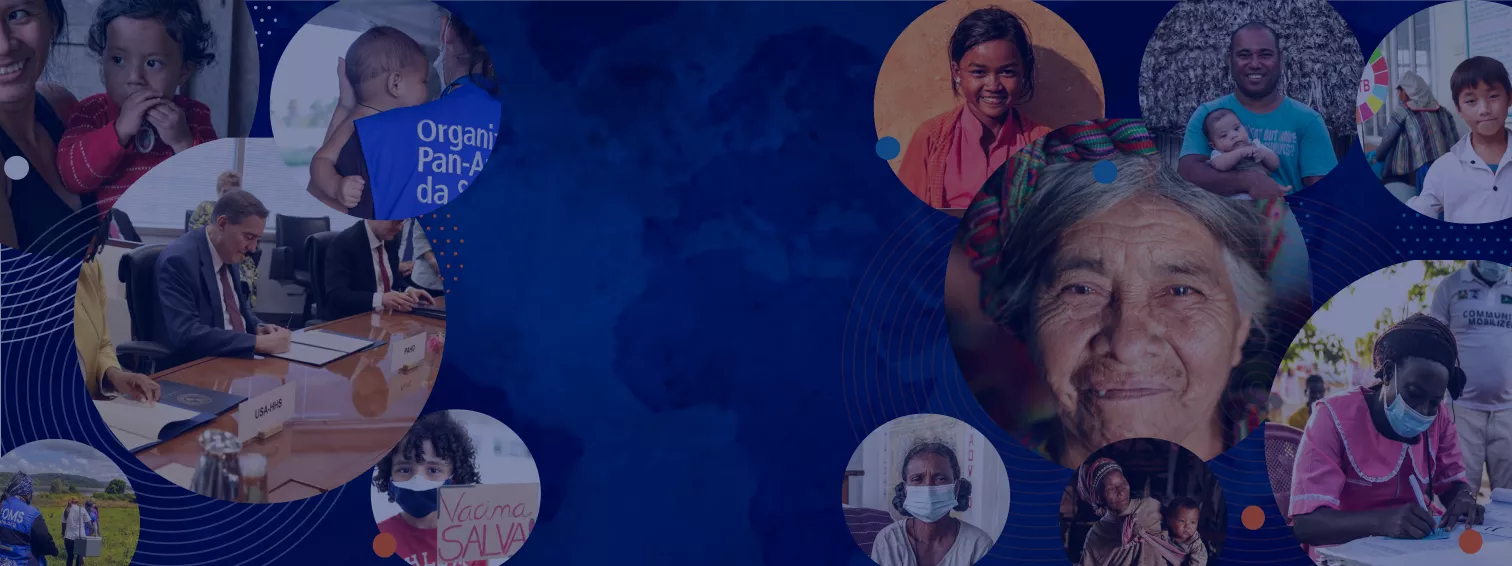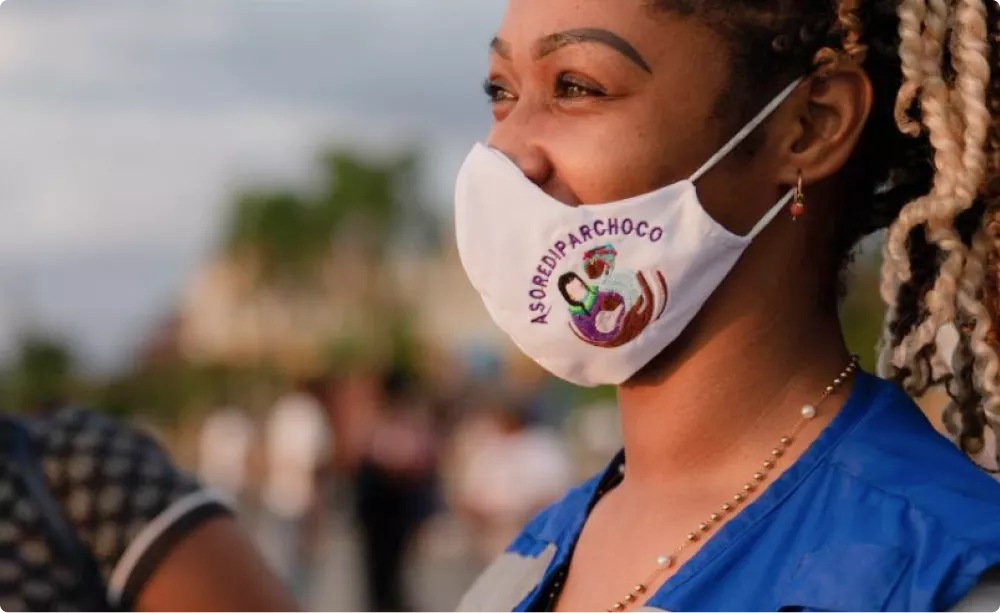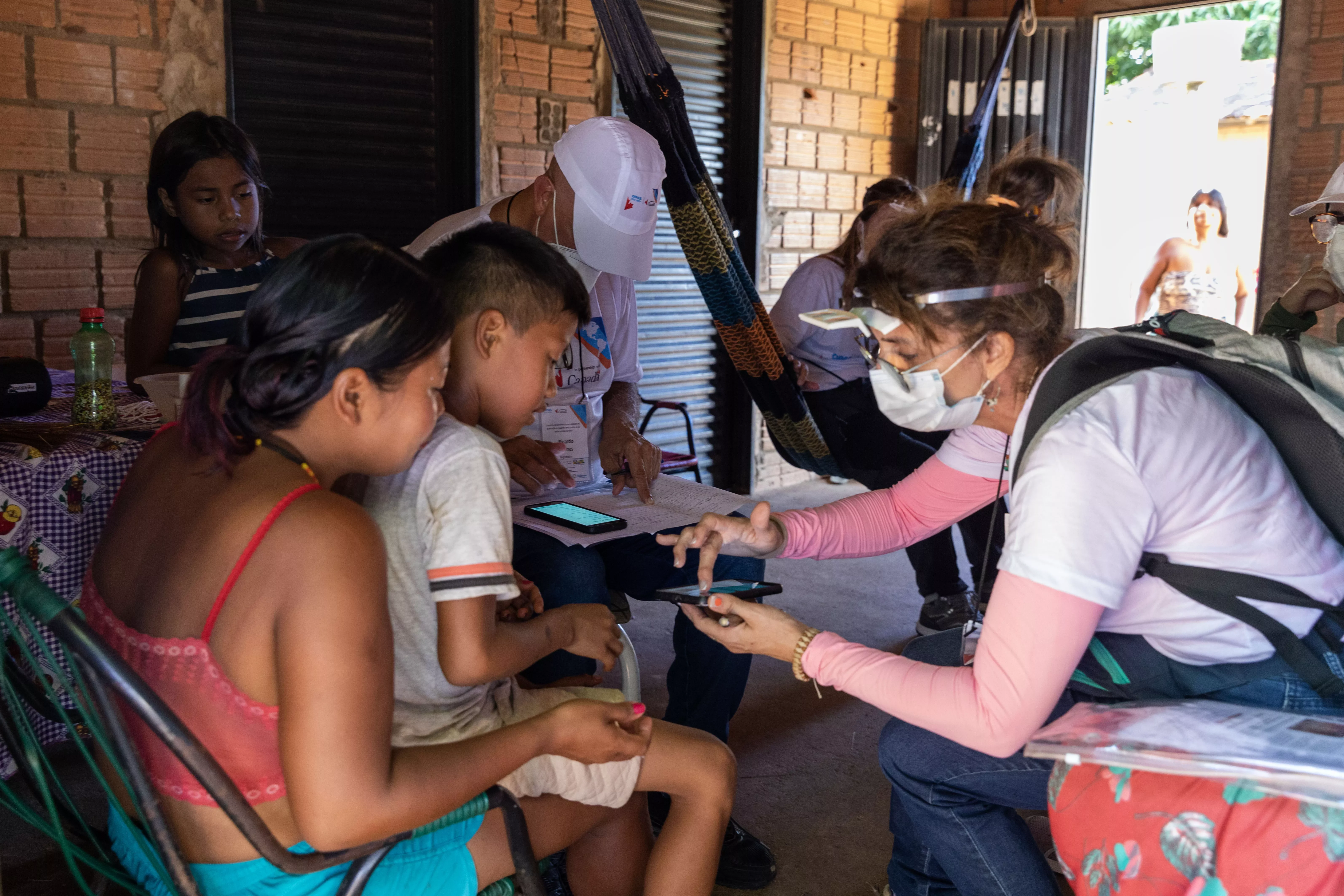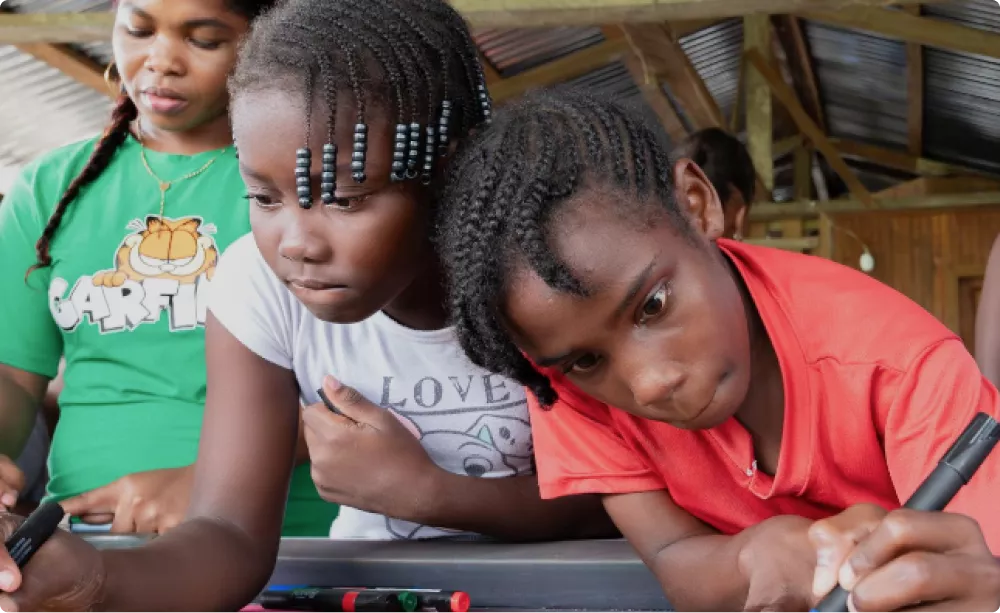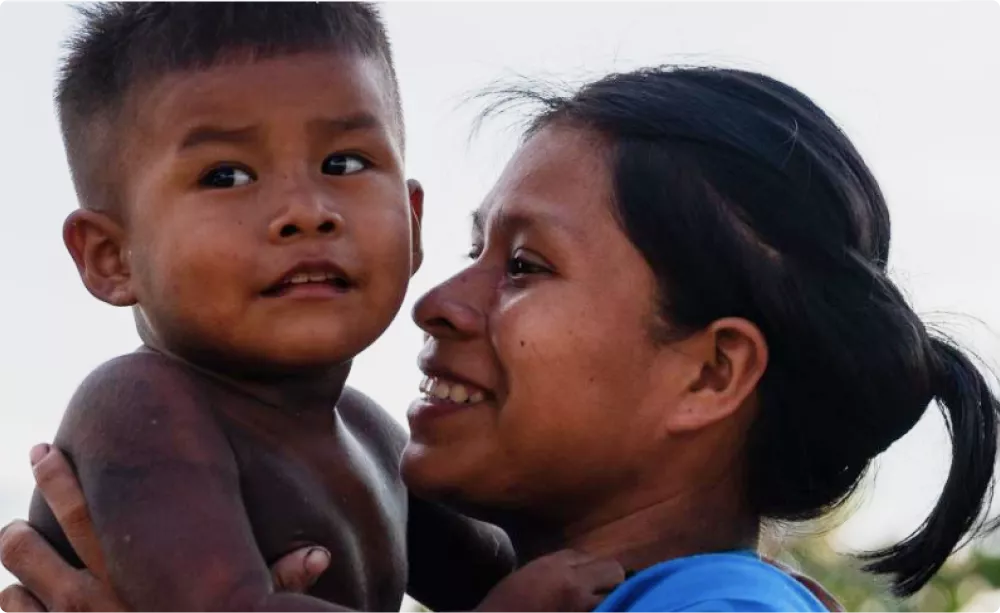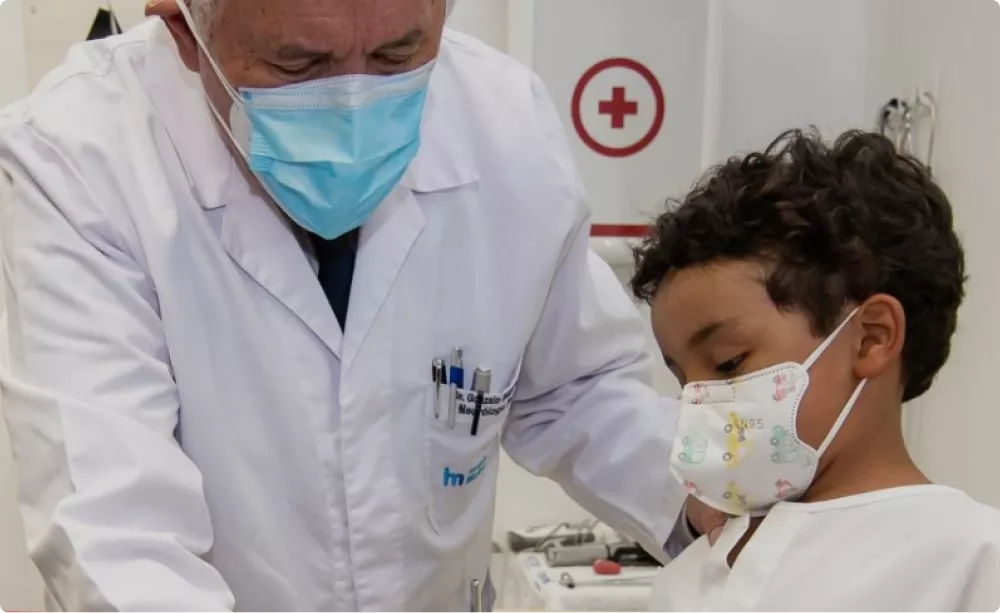The 2022–2023 biennium represented a period of transition from the COVID-19 pandemic to a phase in which PASB focused intensively on supporting Member States in their efforts to protect, recover, and build stronger. This Program Budget was informed by the critical lessons that were learned during 2020–2021. Two years later, it is an opportune moment to reflect on the lessons learned from the 2022–2023 biennium and offer recommendations for the way forward, which are grouped here under thematic headings.
These recommendations include innovative practices and measures that should be promoted to enhance programmatic implementation, maximize efficiency, and ensure successful achievement of results. As PAHO continues to implement the current SP20–25, the preparatory work for developing the Strategic Plan 2026–2031 is already underway. Therefore, these recommendations intended for action by Member States, PASB, and partners will also inform the development of the new Strategic Plan.
Align strategies for integrated primary health care and digital health innovations at local level to improve health outcomes: A stronger emphasis on integrated primary health care that addresses multi-morbidities and health conditions can result in improved population health through the application of more efficient, effective, and responsive approaches. Different entry points exist within the PHC agenda that can support health systems transformation based on PHC as a political priority and facilitate more coherent and accelerated actions at country level. Addressing gaps at local level can enhance the appropriateness and relevance of technical cooperation interventions, thereby increasing the potential for scalability. A more focused territorial population-based approach that is linked to integrated care modalities can significantly improve access to services and health outcomes. Digital transformation of health systems has generated significant changes to the models of care in countries.
Digital information has become a cornerstone of health services, facilitating efficient and effective functioning of health systems. In this regard, PAHO must ensure that its technical cooperation continues to build cutting-edge capacity, including in areas such as artificial intelligence and cybersecurity, so that any potential disruptions can be avoided or managed to ensure uninterrupted functionality.
Effective interventions exist to promote access to quality health services in priority areas such as communicable diseases, NCDs, and mental health conditions. These now require scaling up, along with actions to address bottlenecks. Adoption of proven, high-impact interventions can generate increased political commitment to tackle priority areas. Many conditions are highly preventable and treatable and require implementation plans that are focused on meeting targets. It is crucial to tackle the determinants of health by identifying the right actions and mechanisms and adopting differentiated strategies with a whole-of-government approach, including social protection, for reaching different vulnerable groups. This can have a cascading effect, because multiple indicators are influenced by the same determinants.
For areas that are lagging, successful, cost-effective models must be shared widely with the Region. For example, deaths due to road traffic accidents could be reduced by 50% by 2030 by accelerating implementation of the recommendations of the Global Plan for the Decade of Action for Road Safety 2021–2030.
Recommendations
Scale up the implementation of strategies for integrated primary health care and digital health innovations at local level, using the platforms that exist to catalyze change.
Promote the integration of digital health solutions and data-driven decision-making, fostering a culture of innovation and continuous learning.
Learn from the pandemic to build stronger and more resilient health systems: The 2022–2023 biennium marked an important transition from the acute phase of the COVID 19 pandemic to the recovery phase. The evaluation of PAHO’s response to the pandemic during 2020–2022 provided invaluable lessons and recommendations that can be applied more broadly to improve the Bureau’s capacity to support Member States in responding to major public health events. PASB will continue to build upon lessons learned from the pandemic response and application of the International Health Regulations (IHR) Monitoring and Evaluation Framework, with a special focus on advocacy with Member States to scale up and strengthen their early detection and rapid response capacities. Countries must have in place pandemic preparedness plans that have been tested, and simulations must be conducted to identify gaps.
During the pandemic, the Region made tremendous strides toward establishing genomic surveillance and laboratory capacities, with the Strategy on Regional Genomic Surveillance for Epidemic and Pandemic Preparedness and Response (Document CSP30/12) as a solid foundation. The integration of SARS CoV-2 surveillance within the already established sentinel surveillance for influenza and other respiratory viruses was shown to be efficient in monitoring epidemic trends and providing early detection of newly emerging pathogens.
Shortages and inequities in access to essential health technologies during the pandemic hampered the response capacity of health systems and limited or jeopardized the delivery of essential health services. The lack of equitable vaccine access underscores the need for the Region to achieve strategic autonomy and self-reliance through increased regional innovation and production capacities. Agreements signed to develop mRNA vaccine manufacturing ecosystems represent a groundbreaking step forward.
The devasting impact of the COVID-19 pandemic on national economies and job security gave rise to a compelling lesson, namely that placing significant reliance on contributory mechanisms for health coverage has inherent limitations, given the susceptibility of such contributions to economic downturns and fluctuations. A paradigm shift is needed in conceptualizing financial protection within a broader socioeconomic and institutional context.
Recommendations
Continue to provide technical cooperation through an inter-programmatic approach to coordinate efforts at country level to strengthen IHR core capacities and ensure operational readiness to respond to health emergency risks.
Develop national pandemic and outbreak response plans with identified resources, roles, and responsibilities.
Strengthen early detection and rapid response with new laboratory tools such as genomic surveillance.
Ensure long-term sustainability of agreements to develop mRNA vaccine manufacturing ecosystems.
Include actions in immunization plans to avoid interruptions of services due to staff shortages, with strengthened cold chains and storage and distribution capacities.
Collaborate with Member States to integrate COVID-19 activities into existing health programs as part of the maintenance of the IHR core capacities (e.g., surveillance, risk communications, clinical management, and vaccination, among others).
Adopt a more comprehensive approach to financial protection for health, with policies that are integrated into a broader framework of social protection, to mitigate vulnerabilities to future shocks.
Advocate for health at a high political level and increase the visibility of PAHO’s work: Recovery and building better in the post-pandemic era cannot be based on a choice to prioritize the economy over health; rather, it must rest on the premise that health is a foundational pillar of equitable and sustainable development. Ongoing strategic engagement with Member States, building on their remarkable work during the pandemic, is imperative.
While political commitments, ministerial mandates, proclamations, policies, and new investments are essential to catalyze improvements in health services, closer engagement of national authorities in health financing is also necessary to identify the most cost-effective, cost-beneficial, or cost-saving options for programs and interventions. The essential public health functions framework offers the most comprehensive approach to the design and adoption of policies that can improve access to quality health services. The use of legislative and regulatory modalities to support the protection and promotion of the right to health is also a proven, cost-effective tool.
Thanks to engagement at the global and regional political levels, topics such as environmental health and the health impacts of climate change, mental health and suicide prevention, human resources for health, and health equity, among others, have become part of the political agenda in many countries. This emphasizes the need for a Health in All Policies approach, which integrates health considerations into policy frameworks, aligning efforts to address key determinants and promote holistic health outcomes.
The presence of health on the political agenda does not mean that changes will necessarily occur. For example, in the case of NCD risk factors related to diet, food, and nutrition, a deep understanding of economic, political, and commercial determinants of health and a knowledge of the economics of the manufacturing and trade sectors is needed to address root causes. Additionally, while many countries have developed clinical guidelines and tools to improve health system responses to violence, there is a need to maintain this momentum in the context of recent sociopolitical trends, especially around sexual and reproductive rights.
The COVID-19 pandemic unmasked the Region’s health needs and vulnerabilities. At the same time, some political voices and affected communities are now calling attention to the critical need to prioritize the health needs of the Region, with attention increasingly being paid to climate change, violence, and growing inequalities. There is also rising demand for enhanced information systems as a strategic investment in building stronger and more resilient health systems, as well as for stronger country capacities in science and research and development.
Recommendations
Support countries in realizing the right to health with a broad range of legislative, regulatory, and administrative measures.
Utilize comprehensive advocacy strategies to promote environmental health across diverse platforms within the Organization.
Continue to advocate and secure stronger and more binding political commitments to strengthen services for NCDs and their risk factors and for mental health.
Renew efforts to strengthen access to quality health services to respond to sexual violence and sustain the gains.
Continue to leverage PAHO’s comparative advantage as the leading voice for health in the Americas and to seize opportunities, while managing the risks and challenges.
Reach across sectors to tackle complex health challenges: Strategic collaboration across government sectors, as well as with key stakeholders such as the private sector, local governments, faith-based institutions, and civil society, allows PASB to expand the reach and depth of its technical cooperation. It also offers the opportunity for synergistic initiatives that can result in more impactful health outcomes. For example, on suicide, where progress is lagging at the regional level, the experience of Guyana has shown the importance of collaboration with the agricultural sector, given that ingestion of pesticides is the most common means of attempting suicide in Guyana and some other parts of the Region. In Argentina, PASB successfully engaged with agencies drawn from the health, transportation, and climate/environment sectors for an integrated “healthy, safe, sustainable” approach to transport, with a positive impact on multiple health outcomes.
However, it can be difficult to engage with other ministries that are responsible for areas beyond health that have an impact on health. Greater capacity for the practical aspects of engaging other sectors is needed, both within PASB and in countries. In this context the application of Health in All Policies across all sectors would be helpful.
Recommendations
Map key stakeholders and institutions in each country to improve understanding of the governance structures and develop better engagement strategies.
Leverage existing resources and networks, including the Network on Intersectoral Work and Social Participation for Health Equity in the Americas (TIPSESA Network), to promote intersectoral action and community participation in advancing health equity.
Strengthen partnerships to achieve greater impact: A strategic approach to investing in health services must include an emphasis on long-term sustainability and impactful outcomes, with persistent advocacy for increased and sustainable health funding. This requires directing investments toward high-impact areas and developing financial models that will promote efficiency and accountability throughout the health care system. The Alliance for Primary Health Care in the Americas is a strategic partnership forum in which PAHO can influence national planning for the expansion of PHC and advocate for accelerating the Disease Elimination and Better Care for NCDs initiatives. Coordination with international financial institutions (IFI) on the PHC agenda broadens the scope of these efforts and positions PAHO as the lead technical agency on health in the Region, improving the Organization’s capacity to instigate change at national level.
Strategic alliances with partners (e.g., the Global Fund to Fight AIDS, Tuberculosis and Malaria and UNICEF) that operate in the same markets as the PAHO Regional Revolving Funds are key to leveraging economies of scale and securing a supply of accessible and affordable health technologies. PAHO’s participation in the United Nations (UN) Inter-Agency Working Group on Food Systems is an opportunity to engage UN Resident Coordinators and put health and nutrition at the center of transformation to sustainable food systems for healthy diets and a healthy planet. Subregional integration mechanisms offer another political space to elevate and position policies and strategies within broader sector reforms.
The Cooperation among Countries for Health Development (CCHD) initiative has stimulated changes and prompted learning and exchanges in ways that complement more traditional mechanisms for the delivery of technical cooperation. This was evident in the CCHD childhood cancer project in South America, which helped accelerate activities that complemented the CureAll Americas initiative; it was reflected as well as in the Mental Health and Psychosocial Support in Emergencies initiative in Costa Rica, Honduras, Guatemala, and Panama. Both CCHD-funded projects bolstered greater country ownership and country-led collective actions.
Recommendations
Establish partnerships with regional, subregional, and global actors, including international financial institutions and other agencies, as a complement to PAHO’s technical cooperation.
Replicate CCHD approaches across programs to enhance collaboration and achieve greater impact.
Adapt strategies to each context to better respond to needs and increase ownership: Adapting strategies to specific contexts, whether at the subregional, national, or subnational level, is a key success factor, especially when the adoption of standards is under consideration. Strengthening the involvement of affected communities in the design of interventions is crucial for the success of those interventions. For example, community involvement was essential in the response to mpox and in the implementation and demand generation for PrEP (pre-exposure prophylaxis to prevent HIV). It ensured that interventions were tailored to the specific needs and realities of the affected communities, leading to more effective and sustainable outcomes. Adapting to the needs of affected populations also requires conducting barrier assessments, such as gender and intersectionality analysis, along with the implementation of cross-cultural approaches such as knowledge dialogues and safe birth tools that are culturally appropriate.
Similarly, regional surveillance and laboratory strategies must be adapted to meet the needs of each country. The gradual decentralization of laboratory processes, accompanied by careful concurrent monitoring, facilitates adequate responses during outbreaks and emergencies, even in remote areas.
Recommendations
Continue to adapt strategies and interventions to subregional and national contexts to improve uptake and increase ownership.
Develop capacities to better understand the legal, policy, and program barriers that reinforce gender and cultural differences that have an impact on health equity.
Employ inter-programmatic approaches to respond to Member States in a more integrated manner: A key component of PAHO Forward, the implementation of inter-programmatic initiatives, can be used to leverage both human and financial resources to deliver better technical cooperation. Collaborative approaches not only contribute to a more cohesive and streamlined execution of shared goals but also encourage innovation—thinking “outside the box”—that can lead to more effective outcomes. Working inter-programmatically can also lead to synergies that improve business processes, reduce staff workload, and improve work-life balance.
Such approaches have proven essential in developing targeted interventions for strengthening primary care, addressing inequities and social determinants, and strengthening the resilience of health systems, as well as for making PASB more efficient, transparent, and accountable. There were numerous examples of this during the biennium:
a) The concept of “learning pathways” was used to organize and improve academic offerings in the Region through the PAHO Virtual Campus. Improved governance helped guide policy priorities in continuing health education and technological updates to maintain the Virtual Campus at the forefront in offering educational products to health personnel in the Region.
b) PASB built capacity on strategies to increase access to assistive products and medical devices for the HEARTS initiative, as well as access to oxygen, among other areas.
c) The Disease Elimination Initiative worked to increase timely diagnosis for a range of infectious diseases through more integrated and modernized laboratory services.
d) PASB was able to address both ethical and regulatory oversight aspects of clinical trials.
e) Joint stocktaking of planning and PMA processes between different functions and all three levels (regional, subregional, and country) allowed PASB to introduce innovations.
f) Close collaboration between different functions allowed PAHO to take measures to improve core country presence, including in collaboration with WHO.
g) Cross-divisional teams implemented the new Member States billing system and draft statement of accounts for the Revolving Fund for Access to Vaccines, Regional Revolving Fund for Strategic Public Health Supplies, and Reimbursable Procurement Fund.
Recommendations
Solidify the concept and practice of inter-programmatic work within PASB, identifying opportunities and scaling up existing projects.
Build a stronger PAHO that is better able to support Member States, with greater efficiency, accountability, and transparency: Strengthening the capacity of PASB to respond to health emergencies was one of the critical areas identified for improvement in the evaluation of PAHO’s response to COVID-19. PASB lacks sustainable funding for personnel and activities to meet PAHO’s IHR mandate for public health surveillance and analysis, emergency operations, and Strategic Reserve maintenance. Inadequate staffing, high staff turnover, and loss of institutional knowledge jeopardize the Organization’s ability to detect and respond to public health emergencies in a timely and effective manner.
Modernization of PAHO’s information systems is key to overcoming data management challenges, ensuring the consolidation of real-time health data, maintaining quality and security of data, and employing advanced analytics for decision-making. A unified health care information management approach requires standardizing protocols, boosting data literacy, and encouraging evidence-based decisions. To provide Member States with the latest and most relevant tools to support digital transformation, PASB itself must have the necessary capabilities. PASB needs a public health intelligence and surveillance system that is fit for the demands and opportunities of the 21st century. In that regard, there is a need to continuously enhance platforms and strengthen analytical capacity to use data strategically in order to deliver reliable data, knowledge, and evidence to entities within the Organization and Member States. This would allow PASB to host a powerful ecosystem of data and analytics, providing a better foundation for decision-making and early action that could save lives and help avert public health crises.
During the 2022–2023 biennium, in response to the pandemic and other emergencies, PAHO took steps to strengthen logistics and diversify suppliers. This effort made use of various strategies such as increasing the number of strategic reserves in the Region, bolstering logistical capacity in countries, and generating coordination within networks. These approaches proved key for timely response actions. The PAHO Regional Strategic Reserve in Panama decreased its response times, generating opportunities to respond to emergencies more effectively.
Active participation by Member States in the Organization’s governance is paramount to maintain a healthy and robust PAHO. Building on PAHO’s rich experience in joint planning and assessment with national authorities, collaborative planning has proved essential for the successful implementation of Biennial Work Plans, Country Cooperation Strategies, Program Budgets, and the Strategic Plan. Prioritization of activities and regular monitoring help ensure alignment among these planning instruments. This approach fosters shared understanding and effective coordination, ultimately enhancing the impact of health initiatives. PASB has also learned to share its experience with WHO more effectively so that other regions are able to benefit from PAHO’s experience (i.e. joint assessment, prioritization), even as the Organization continues to learn from innovations and improvements at global level.
Finally, PAHO Forward is making a difference in the Organization’s ability to deliver technical cooperation efficiently and to demonstrate greater transparency and accountability. The full lessons of the first year of implementation are under review, but it is expected that these advances can be built upon in the future.
Recommendations
Continue to implement the recommendations from the evaluation of PAHO’s response to COVID-19, including those related to the revision of PAHO’s funding model, to ensure that the Organization can respond to future pandemics.
Identify potential funding mechanisms that enable the Organization to innovate and develop more impactful products.
Continue to support Member States’ participation in PAHO and WHO Governing Bodies through in-depth preparation and capacity-building.
Intensify efforts through external relations to position PAHO’s priorities in international fora, gain and maintain organizational visibility, and identify new collaboration opportunities.
Build on the progress and lessons from the implementation of PAHO Forward to continue improving performance and modernizing policies and practices, including the systematic development and application of key performance indicators.
Update and refine PAHO’s RBM framework, including a robust accountability mechanism and systems based on lessons learned and recommendations from external evaluations.

